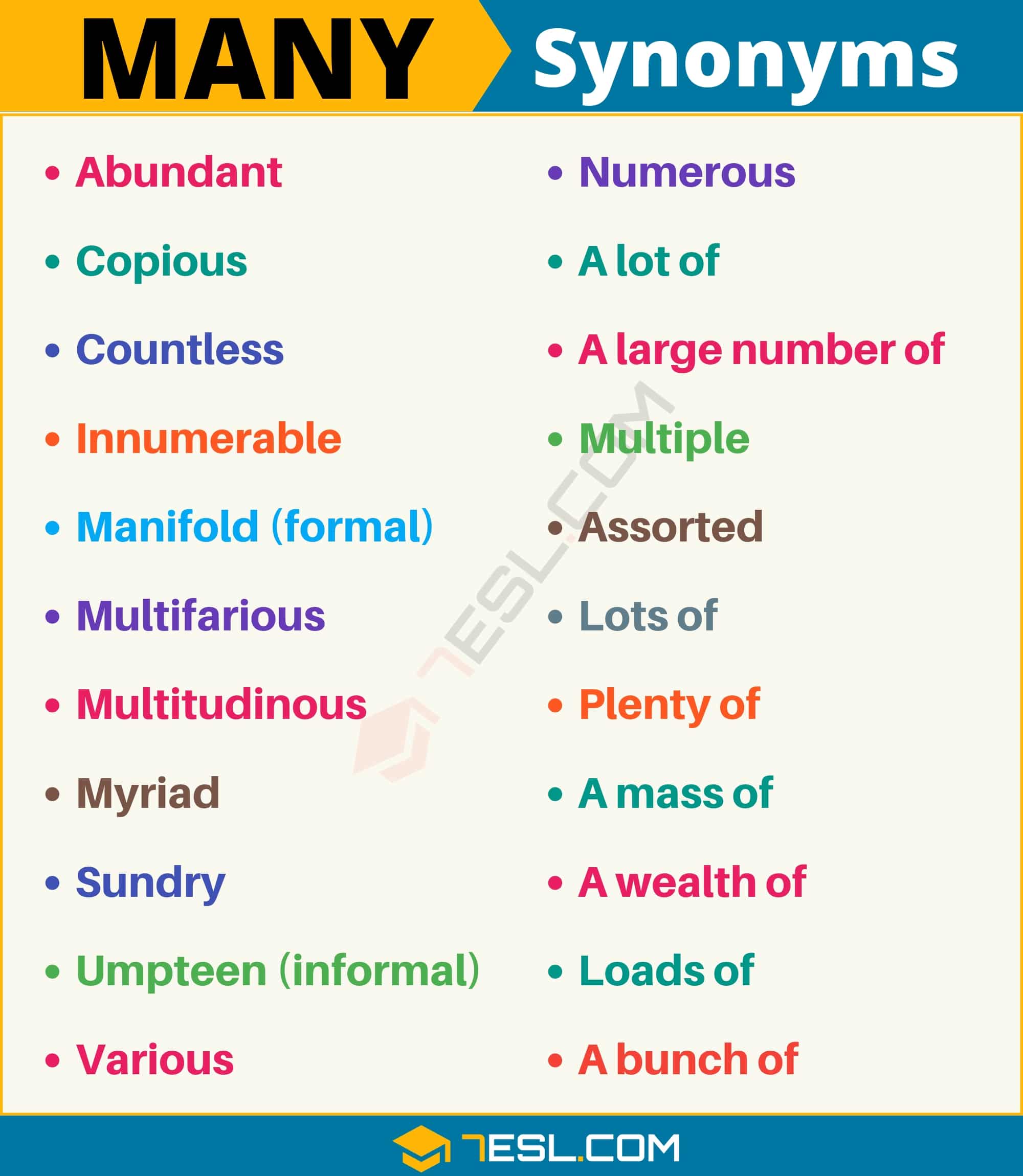
More Than a Number: Unpacking the Complex Reality of U.S. Indian Reservations
The question "How many Indian reservations are in the U.S.?" seems simple, demanding a straightforward numerical answer. Yet, beneath the surface of this seemingly innocuous query lies a tapestry woven with centuries of complex history, shifting federal policies, enduring tribal sovereignty, and the vibrant, diverse lives of Indigenous peoples. The precise count is not merely a statistic; it is a gateway to understanding a unique and often misunderstood aspect of American geography, law, and culture.
At its most direct, the answer generally cited by the Bureau of Indian Affairs (BIA) is approximately 326 land areas administered for Native Americans by the U.S. government. However, this figure is a starting point, not an end. It represents a fraction of the story, obscuring the nuances of tribal status, land ownership, and the profound legal and cultural definitions of "Indian Country."
A Legacy Forged in Conflict and Treaties
To truly grasp the concept of Indian reservations, one must journey back to their origins. The formation of reservations was not a benevolent act but a complex outcome of westward expansion, federal policy, and the often-violent dispossession of Indigenous peoples from their ancestral lands. Initially, European colonizers, and later the U.S. government, dealt with Native American nations as sovereign foreign powers, negotiating treaties that defined boundaries, rights, and responsibilities.
However, as the young American republic grew, the desire for land and resources led to a systematic shift in policy. The "Indian Removal Act" of 1830, championed by President Andrew Jackson, forcibly relocated numerous Eastern tribes, most famously the Cherokee along the "Trail of Tears," to designated territories west of the Mississippi River. These vast, often undesirable lands were meant to be permanent homes, but even these promises proved ephemeral.

By the mid-19th century, as the frontier expanded, the reservation system solidified. The idea was to concentrate Native American tribes onto smaller, defined tracts of land, ostensibly to protect them from encroaching settlers, but also to facilitate their "civilization" and assimilation into American society. These were often lands that white settlers deemed unsuitable for farming or resource extraction, or they were remnants of larger ancestral territories that tribes managed to retain through fierce resistance and negotiation.
A critical turning point came with the Dawes Act (General Allotment Act) of 1887. This disastrous policy aimed to break up communally held tribal lands into individual allotments, believing that private property ownership would assimilate Native Americans into the capitalist system. The surplus lands, often the best portions, were then sold off to non-Native settlers. The Dawes Act led to the loss of over two-thirds of the remaining tribal land base – approximately 90 million acres – by 1934, fragmenting reservations and creating a checkerboard pattern of ownership that still complicates jurisdiction and economic development today.
Defining "Indian Country": More Than Just a Reservation
The term "reservation" itself can be misleading. It conjures an image of a bounded, isolated territory. While many reservations fit this description, the legal definition of "Indian Country" is broader and encompasses several categories:
- Reservations: Lands set aside by treaty, statute, or executive order for the use and occupation of federally recognized tribes. These are the most commonly understood "reservations."
- Dependent Indian Communities: Land areas that are specifically designated by federal law for the use of federally recognized tribes, even if not formally "reservations."
- Indian Allotments: Lands held in trust by the U.S. government for individual Native Americans, often within or adjacent to reservations, a legacy of the Dawes Act.

Crucially, not all federally recognized tribes have a reservation. Some tribes are landless, or their ancestral lands were never formally recognized as reservations. Conversely, some reservations are shared by multiple tribes, or a single tribe may have several distinct landholdings that fall under the "reservation" umbrella.
The Numbers Game: A Deeper Dive
The U.S. government currently recognizes 574 distinct Native American and Alaska Native tribes. This is the more significant number when discussing Indigenous identity and sovereignty in the U.S. It’s important to understand why there are more federally recognized tribes than reservations:
- Shared Reservations: Several tribes may share a single reservation. For example, the Warm Springs Reservation in Oregon is home to the Confederated Tribes of Warm Springs.
- Multiple Reservations: Some larger tribes may have multiple distinct land areas designated as reservations.
- Landless Tribes: As mentioned, some federally recognized tribes do not possess a land base formally recognized as a reservation. They exist as political entities without a contiguous land territory.
- Alaska Native Villages/Regional Corporations: In Alaska, the situation is unique. Following the Alaska Native Claims Settlement Act (ANCSA) of 1971, most land was conveyed to Alaska Native regional and village corporations, rather than reservations in the Lower 48 sense. While there are a few exceptions (like the Annette Island Reserve of the Metlakatla Indian Community), the majority of Alaska Native communities do not reside on reservations. This significantly impacts the overall count.
Taking these factors into account, the approximate 326 reservations (including Pueblos, Rancherias, and other types of trust lands) collectively cover over 56 million acres across 35 states. To put this in perspective, this land area is roughly equivalent to the size of Idaho.
Iconic Examples and Stark Contrasts
The diversity among these reservations is immense. The Navajo Nation, spanning parts of Arizona, New Mexico, and Utah, is the largest reservation in the U.S. in both land area (over 27,000 square miles, larger than 10 U.S. states) and population (over 300,000 enrolled members). It is a vibrant, self-governing entity with its own judicial system, police force, and a deep commitment to preserving its language and culture.
On the other hand, many reservations are tiny, some comprising only a few hundred acres, like some of the Rancherias in California, which were established for small, often disparate groups of Native Americans. These smaller land bases often face even greater challenges in economic development and self-sufficiency.
Beyond the federally recognized reservations, there are also a number of state-recognized tribes. These tribes are acknowledged by individual states but do not have the same government-to-government relationship with the U.S. federal government, nor do they typically have federally recognized reservation lands. This adds another layer of complexity to the concept of Indigenous land and sovereignty in the U.S.
Sovereignty: The Enduring Heart of the Reservation
Perhaps the most crucial aspect of understanding reservations is the concept of tribal sovereignty. Native American tribes are not merely ethnic groups; they are distinct, inherent sovereign nations with a government-to-government relationship with the United States. This sovereignty predates the formation of the U.S. and, though diminished by historical federal policies, has never been extinguished.
On their reservations, tribes exercise significant governmental authority. They have the power to:
- Form their own governments.
- Enact and enforce laws (including civil and criminal jurisdiction over tribal members and, in some cases, non-members).
- Tax.
- Regulate commerce.
- Manage natural resources.
- Establish courts.
- Provide social services.
"Tribal sovereignty is not a gift from the federal government; it’s an inherent right that predates the United States," asserts Dr. Sarah Miller, a historian specializing in Native American legal studies. "The reservation, in many ways, is the physical manifestation of that enduring sovereignty, a place where tribes can exercise their self-determination, even under the watchful eye of federal trust responsibility."
However, tribal sovereignty is not absolute. It is limited by federal law, and the U.S. government maintains a "trust responsibility" to protect tribal lands, assets, resources, and treaty rights. This relationship, while intended to be protective, has also historically been a source of paternalism and interference.
Challenges and Triumphs
Life on reservations is diverse, but many communities face significant challenges stemming from historical trauma, economic disenfranchisement, and ongoing systemic issues. Poverty rates are often high, infrastructure (like broadband internet, clean water, and adequate housing) can be lacking, and health disparities (diabetes, heart disease, substance abuse) are prevalent. Jurisdictional complexities between tribal, state, and federal law enforcement can also create unique challenges in addressing crime.
Yet, reservations are also vibrant centers of cultural resilience and self-determination. Tribes are increasingly asserting their sovereignty to drive economic development, often through gaming (casinos, regulated by the Indian Gaming Regulatory Act of 1988), but also through tourism, energy production (oil, gas, and renewables), agriculture, and other enterprises. Cultural revitalization efforts, including language preservation programs and traditional arts, thrive on reservations, ensuring the continuity of Indigenous identities.
"We are not just surviving; we are thriving," says Chairman John Red Eagle of a prominent plains tribe. "Our reservations are places where our languages are spoken, our ceremonies are practiced, and our children learn who they are. They are the heart of our nations, where we are building a future on our own terms, despite the challenges."
The Ongoing Journey
The question of "how many" Indian reservations exist in the U.S. is a deceptively simple entry point into a vast and intricate subject. It leads to an understanding of the 574 federally recognized tribes, the over 300 land areas designated as reservations, and the profound legal and historical context that defines them. It reveals a story of displacement and struggle, but also of incredible resilience, cultural persistence, and the unwavering assertion of sovereignty.
These lands, often hard-won and meticulously maintained, are not relics of the past but living, breathing spaces where Native American nations continue to govern, innovate, and preserve their unique identities within the broader fabric of the United States. To truly appreciate their significance is to move beyond a mere number and engage with the rich, ongoing narrative of Indigenous America.

